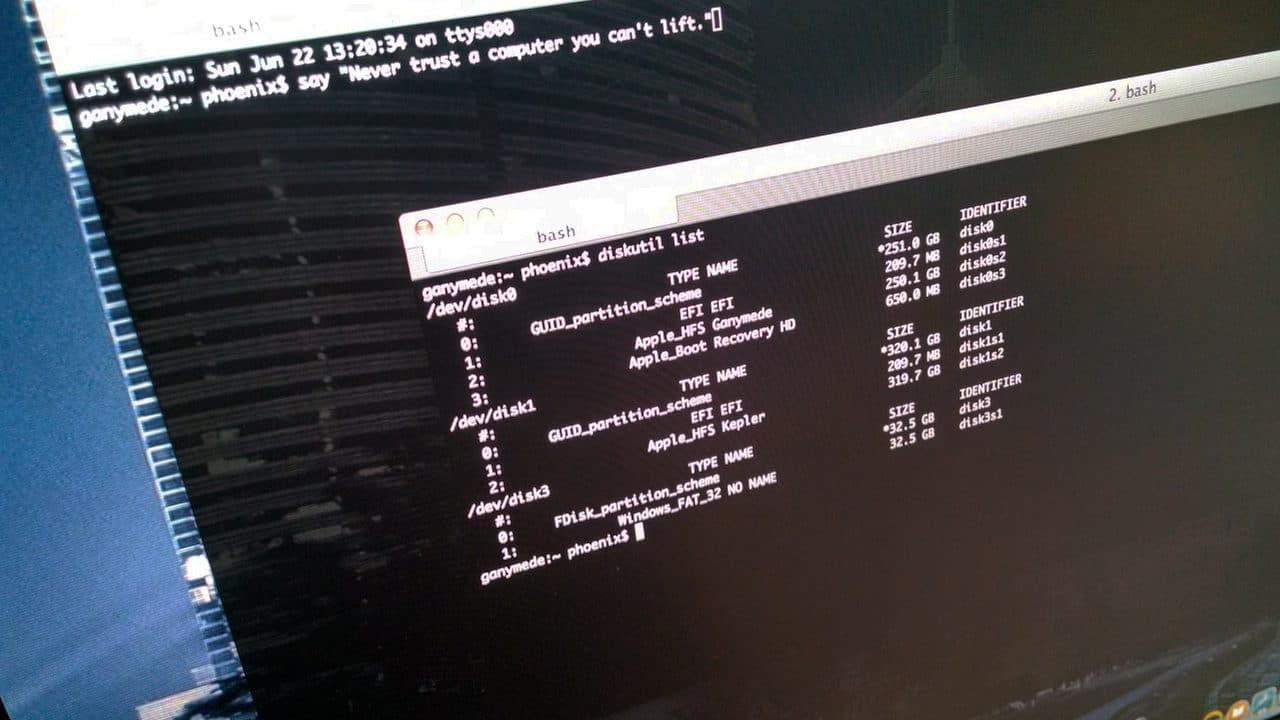October 5, 2015 by Andrew Fore
One of the tools that I use on a regular basis to test network connectivity updates is the “z” option of netcat. Apparently when RedHat rolled out the latest version of their distribution of RedHat Enterprise Linux (RHEL) they decided to move to using the nmap-ncat package instead of the nc package. The command options a very different.
So when attempting to test single port like I would have under previous releases I now use the following syntax:
# echo | nc -w1 $host $port >/dev/null 2>&1 ;echo $?
If the result that is returned is a zero then you have successfully connected to the remote host on the desired port. This also applies to CentOS 7 since it is a “clone” or copyleft port of the RHEL7 binaries.
Categories Uncategorized Tags CentOS, Linux, Tips n Tricks, Uncategorized 1 Comment January 8, 2017October 4, 2015 by Andrew Fore
Editorial Note: Apparently Comcast really would prefer that people not use the term data cap when referring to the limitations being placed on their customers data usage and would much rather prefer that we use the term data usage plan or data threshold, however, I don’t really care. 🙂
Dear Comcast,
I would like to go on record as saying that you suck. I recognize that you are a for profit company and that you would like to make a profit on the services that you provide. I even think that having your company make a profit is a good thing because that enables you to pay your employees so that they can put food on their tables and afford to pay the fees for their children to participate in Little League baseball and other such childhood activities.
Your data usage cap system is bogus. According to the data available on your own website you have eight (8) different trial markets where you have rolled out data caps since 2012:
- August 1, 2012: Nashville, Tennessee – 300GB cap
- October 1, 2012: Tucson, Arizona – 3 tiers (300GB, 350GB, 600GB)
- August 22, 2013: Fresno, California – Economy Plus option added
- September 1, 2013: Savannah, Georgia; Central Kentucky; Jackson, Mississippi – 300GB
- October 1, 2013: Mobile, Alabama; Knoxville, Tennessee.
- November 1, 2013: Huntsville, Alabama; Augusta, Georgia; Tupelo, Mississippi; Charleston, South Carolina; Memphis, Tennessee – 300GB cap
- December 1, 2013: Atlanta, Georgia; Maine – 300GB cap
- October 1, 2015: Fort Lauderdale, the Keys and Miami, Florida – 300GB cap plus $30 option for increasing to unlimited
In fact, your page on this even refers to these as “trial start dates” which to a reasonably minded person would imply that they have an end date as well, however to the best of my knowledge (as well as the comments made by a customer support representative) there is no plan to end these trials OR any plan to actually collapse them into a single cohesive plan that applies to your entire service.
Read moreDear Comcast: You Suck
Categories Uncategorized Tags comcast, General, Personal, Uncategorized, usage cap 2 Comments
 I recently rebuilt my Plex Media Server box as a CentOS 7 VM running on Hyper-V on a Windows Server 2012 setup.
I recently rebuilt my Plex Media Server box as a CentOS 7 VM running on Hyper-V on a Windows Server 2012 setup. There is an adage that you should vote with your wallet when you are unhappy with a particular business or their practices. Do we do this as much as we should? Probably not.
There is an adage that you should vote with your wallet when you are unhappy with a particular business or their practices. Do we do this as much as we should? Probably not. If you ran across my previous post about disabling the Proxmox no subscription pop-up, you might also be wondering why you get an alert on the console regarding the scheduled update job. The reason that this shows up is that the apt-get update job returns an error code for one of the Proxmox Enterprise repos.
If you ran across my previous post about disabling the Proxmox no subscription pop-up, you might also be wondering why you get an alert on the console regarding the scheduled update job. The reason that this shows up is that the apt-get update job returns an error code for one of the Proxmox Enterprise repos.